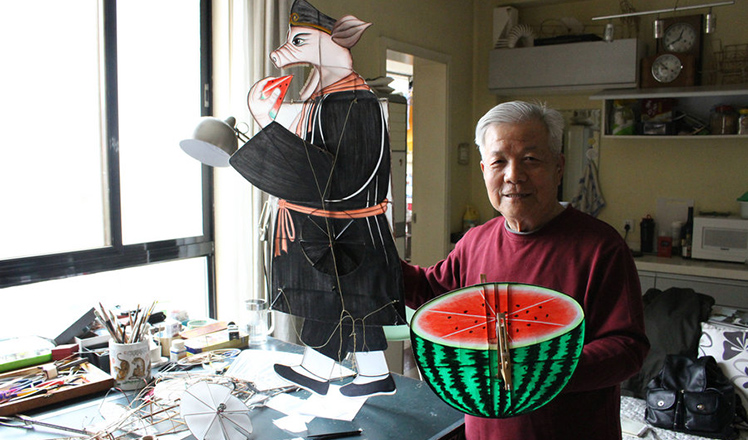In search of its original soul
Updated: 2016-04-23 02:44
By Yu Ran in Shanghai(China Daily USA)
|
||||||||
Tianzifang may be a bustling tourist hotspot today, but the steady exodus of artists from within has inherently reduced it to a shadow of its former self — a hub for arts and culture
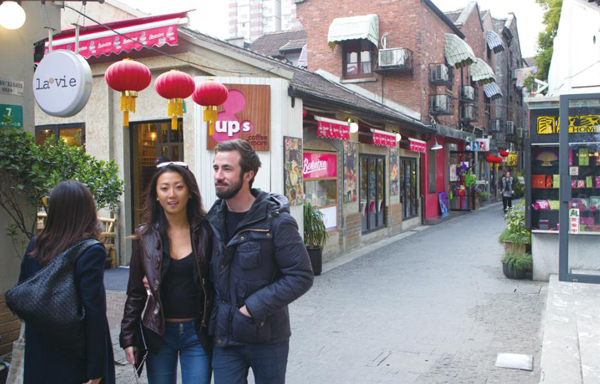 |
|
Factories and old housing estates used to stand where Tianzifang is now located. Gao erqiang / China Daily |
The scene along Taikang Road today is a far cry from what it was two decades ago. Now home to the iconic Tianzifang, the area is filled with numerous retail outlets, small snack shops, bars and cafes, most of which are occupied by tourists from other Chinese cities and abroad.
Located in the heart of the city and well known for its labyrinth of alleys, Tianzifang was built where abandoned factories from the 1940s and historical Shikumen residential buildings from the 1920s once stood.
Yu Hai, a professor of sociology at Fudan University who has studied Tianzifang since its inception nearly 20 years ago, said it is a shame that the true charm of the area has been lost in the modernization process.
This used to be a place where people can savor the essence of old Shanghai, and one that was slated to become a community for people from the creative industries. Today, it is just another tourist attraction, albeit a very famous one, that only has a faint glimpse of its artistic core.
"Tianzifang has over the years faced a struggle to gather artists, designers and creative businessmen. Those who are in the area now are also planning to move out," said Yu, who recently led a team of students from Fudan University and Tongji University to conduct an in-depth survey on the current situation of Tianzifang, which is quickly losing its artistic soul to commercialization.
"This should be a place for people to trace back the old times in Shanghai, not filled with shops and restaurants," he added.
Zheng Rongfa, the former administrative head of the Dapuqiao area which Taikang Road is under, recalls how Tianzifang used to be a vibrant place filled with the sounds and smells coming from the homes of Shanghainese families.
"There used to be an outdoor wet market where housewives would haggle over the price of live chickens in the morning. Many men would smoke cigarettes and play poker on tables in the courtyard in the afternoon," said Zheng, who is widely regarded as "the father of Tianzifang".
In 1998, Zheng kicked off the project to turn the area into a hub for the cultural industry. He leased out the 10,000-square-meter space occupied by the idle factories on a 20-year contract and moved the street market indoors.
In 1999, Chen Yifei, a world-renowned Chinese painter, and several other artists set up studios in the old factories on Lane 210 along Taikang Road, creating a cluster of more than 200 culture and art venues. This was also the time when Huang Yongyu, another well-known painter, named the area "Tianzifang" as a tribute to an ancient Chinese painter of the same name.
One year later, the sub-district government leased the remaining spaces to a sole proprietor named Wu Meisheng. Galleries, cafes and boutiques have since opened like clockwork alongside old Shanghai homes, imbuing the area with a unique charm not seen before in the city.
In 2004, Tianzifang nearly became a victim of the city's relentless modernization. Calls were made for the place to be torn down to make way for high-rise shopping malls that were part of a real estate project by Taiwan's ASE Group.
Fortunately, thanks to the intervention of Zheng and a group of his supporters, Tianzifang emerged unscathed.
- Canadian PM Trudeau slips from political ring to boxing ring
- Japanese lawmakers visit war-linked Yasukuni Shrine en masse
- Palestinian residents of Gaza Strip face growing water shortage
- Delayed Yemen peace talks begin in Kuwait
- Cuba, US agree to deepen cultural cooperation
- Ecuador continues recovery efforts following powerful quake
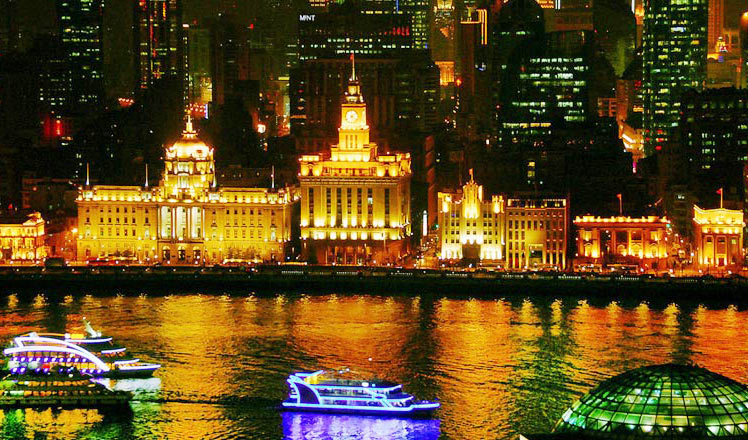
 In pics: Top 10 richest cities in China
In pics: Top 10 richest cities in China
 Readers at a 24-hour bookstore in Beijing
Readers at a 24-hour bookstore in Beijing
 Flame for Rio Olympics lit in ancient Greek ruins
Flame for Rio Olympics lit in ancient Greek ruins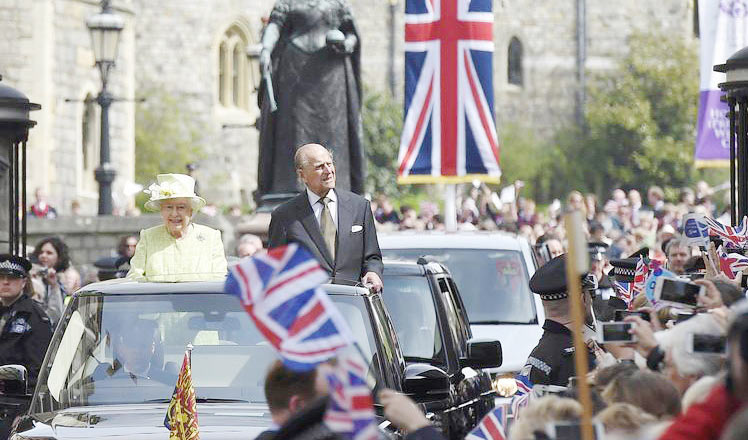
 Britain's Queen Elizabeth II celebrates 90th birthday
Britain's Queen Elizabeth II celebrates 90th birthday
 Former NBA star Stephon Marbury's life in Beijing
Former NBA star Stephon Marbury's life in Beijing A 75-year-old kite runner in west China's Shannxi
A 75-year-old kite runner in west China's Shannxi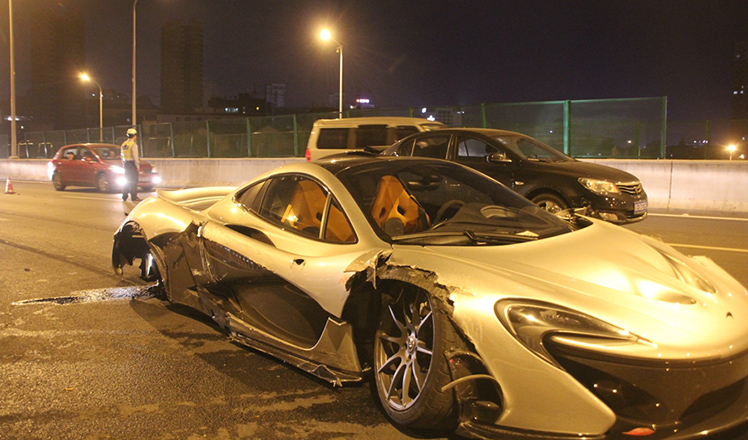
 $2 million hyper car crash in east China's Zhejiang province
$2 million hyper car crash in east China's Zhejiang province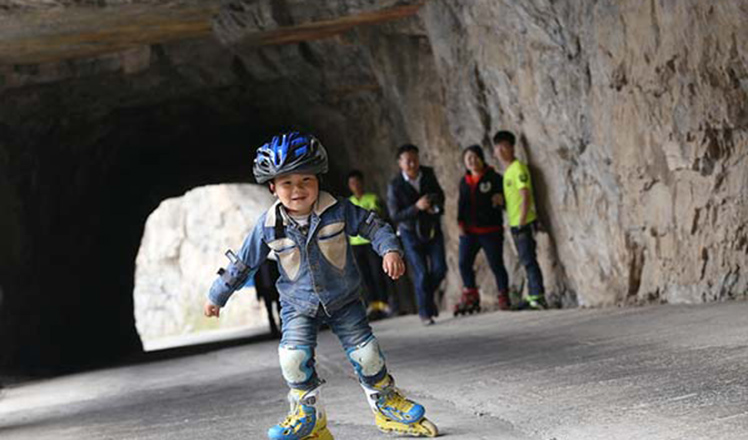
 Little champ: Four-year-old roller skates on cliff
Little champ: Four-year-old roller skates on cliff
Most Viewed
Editor's Picks

|

|

|

|

|

|
Today's Top News
Liang avoids jail in shooting death
China's finance minister addresses ratings downgrade
Duke alumni visit Chinese Embassy
Marriott unlikely to top Anbang offer for Starwood: Observers
Chinese biopharma debuts on Nasdaq
What ends Jeb Bush's White House hopes
Investigation for Nicolas's campaign
Will US-ASEAN meeting be good for region?
US Weekly

|

|
